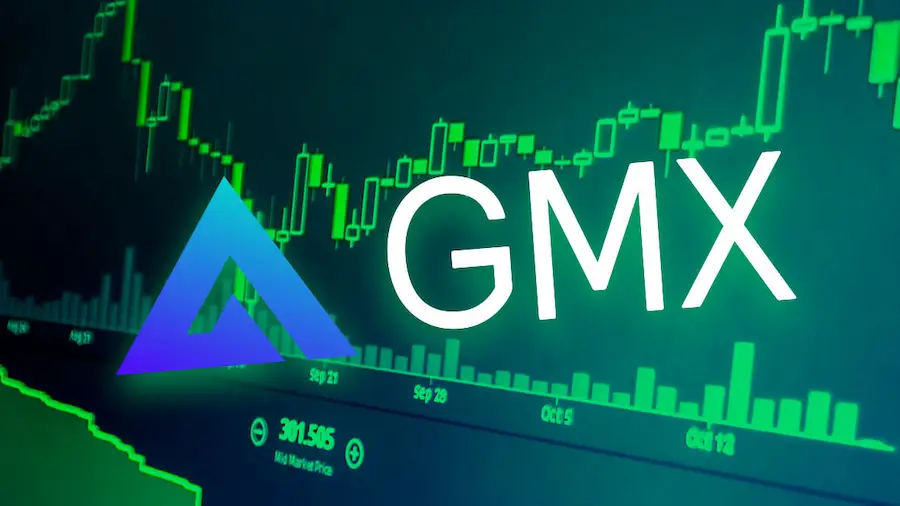- WTI price appreciates as China announces plans to adopt proactive fiscal stimulus measures next year.
- API weekly crude oil stocks increased by 0.499 million barrels against an expected decrease of 1.30 million barrels.
- Traders look forward to OPEC’s upcoming Monthly Oil Market Report to assess crude oil market trends for the coming year.
The West Texas Intermediate (WTI) oil price extends its gains for the third consecutive session, trading around $68.80 per barrel during Asian hours on Wednesday. Crude oil prices gained ground as demand prospects improved following the Politburo’s announcement that China will adopt a “moderately loose” monetary policy and a “more proactive” approach to fiscal stimulus next year. This would mark a departure from the more cautious tone of the last decade, potentially boosting energy demand in the world’s largest crude importer.
Additionally, China’s crude oil imports increased in November for the first time in seven months, rising more than 14% year-on-year. On the supply side, the American Petroleum Institute’s (API) weekly report showed that US crude oil stocks increased by 0.499 million barrels for the week ending December 6, compared to a increase of 1,232 million barrels in the previous week. Market expectations had anticipated a decrease of 1.30 million barrels.
Additionally, escalating geopolitical tensions in the Middle East could support WTI prices. Over the weekend, turbulence intensified when Syrian President Bashar al-Assad and his family fled to Moscow, where they were granted political asylum, marking the end of a 50-year dictatorship.
Meanwhile, investors are closely monitoring key US inflation data, which could influence the Federal Reserve’s interest rate outlook. US CPI inflation is estimated to rise to 2.7% year-on-year in November from 2.6% in October. Meanwhile, the core CPI, excluding food and energy, is expected to remain constant with an increase of 3.3% year-on-year. Traders now price a nearly 85.8% chance of Fed rate cuts by 25 basis points, according to the CME FedWatch tool.
Traders are expected to closely monitor OPEC’s upcoming Monthly Oil Market Report (MOMR), which addresses key issues affecting the global oil market and provides a forecast of crude oil market trends for the coming year.
WTI Oil FAQs
WTI oil is a type of crude oil that is sold in international markets. WTI stands for West Texas Intermediate, one of the three main types that include Brent and Dubai crude. WTI is also known as “light” and “sweet” for its relatively low gravity and sulfur content, respectively. It is considered a high-quality oil that is easily refined. It is sourced in the United States and distributed through the Cushing facility, considered “the pipeline junction of the world.” It is a benchmark for the oil market and the price of WTI is frequently quoted in the media.
Like all assets, supply and demand are the main factors that determine the price of WTI oil. As such, global growth can be a driver of increased demand and vice versa in the case of weak global growth. Political instability, wars and sanctions can alter supply and impact prices. The decisions of OPEC, a group of large oil-producing countries, is another key price factor. The value of the US Dollar influences the price of WTI crude oil, as oil is primarily traded in US dollars, so a weaker Dollar can make oil more affordable and vice versa.
Weekly oil inventory reports published by the American Petroleum Institute (API) and the Energy Information Agency (EIA) influence the price of WTI oil. Changes in inventories reflect the fluctuation of supply and demand. If the data shows a decline in inventories, it may indicate an increase in demand, which would drive up the price of oil. An increase in inventories can reflect an increase in supply, which drives down prices. The API report is published every Tuesday and the EIA report the next day. Their results are usually similar, with a difference of 1% between them 75% of the time. EIA data is considered more reliable since it is a government agency.
OPEC (Organization of the Petroleum Exporting Countries) is a group of 13 oil-producing nations that collectively decide member countries’ production quotas at biannual meetings. Their decisions often influence WTI oil prices. When OPEC decides to reduce quotas, it can restrict supply and drive up oil prices. When OPEC increases production, the opposite effect occurs. OPEC+ is an expanded group that includes ten other non-OPEC member countries, including Russia.
Source: Fx Street
I am Joshua Winder, a senior-level journalist and editor at World Stock Market. I specialize in covering news related to the stock market and economic trends. With more than 8 years of experience in this field, I have become an expert in financial reporting.







